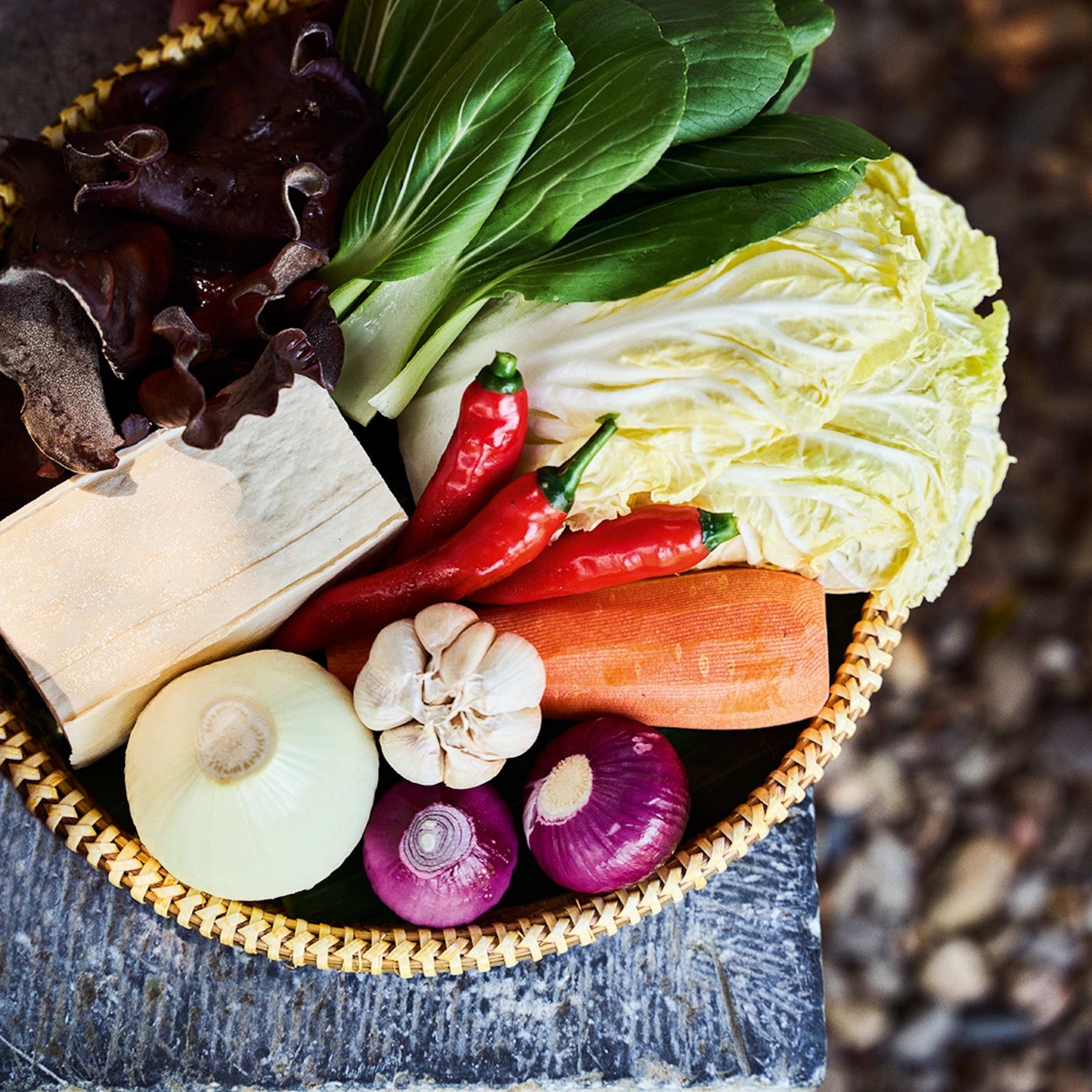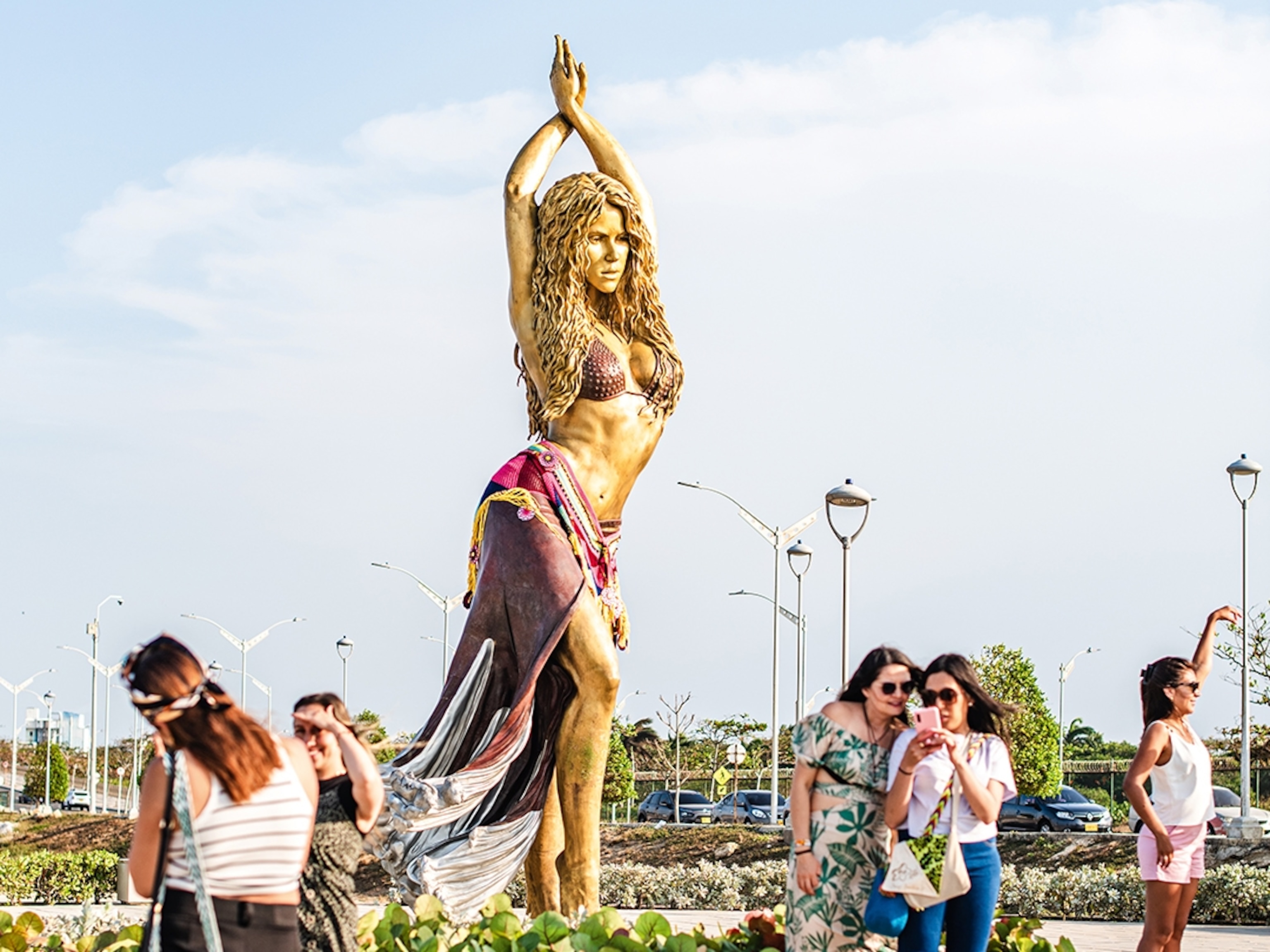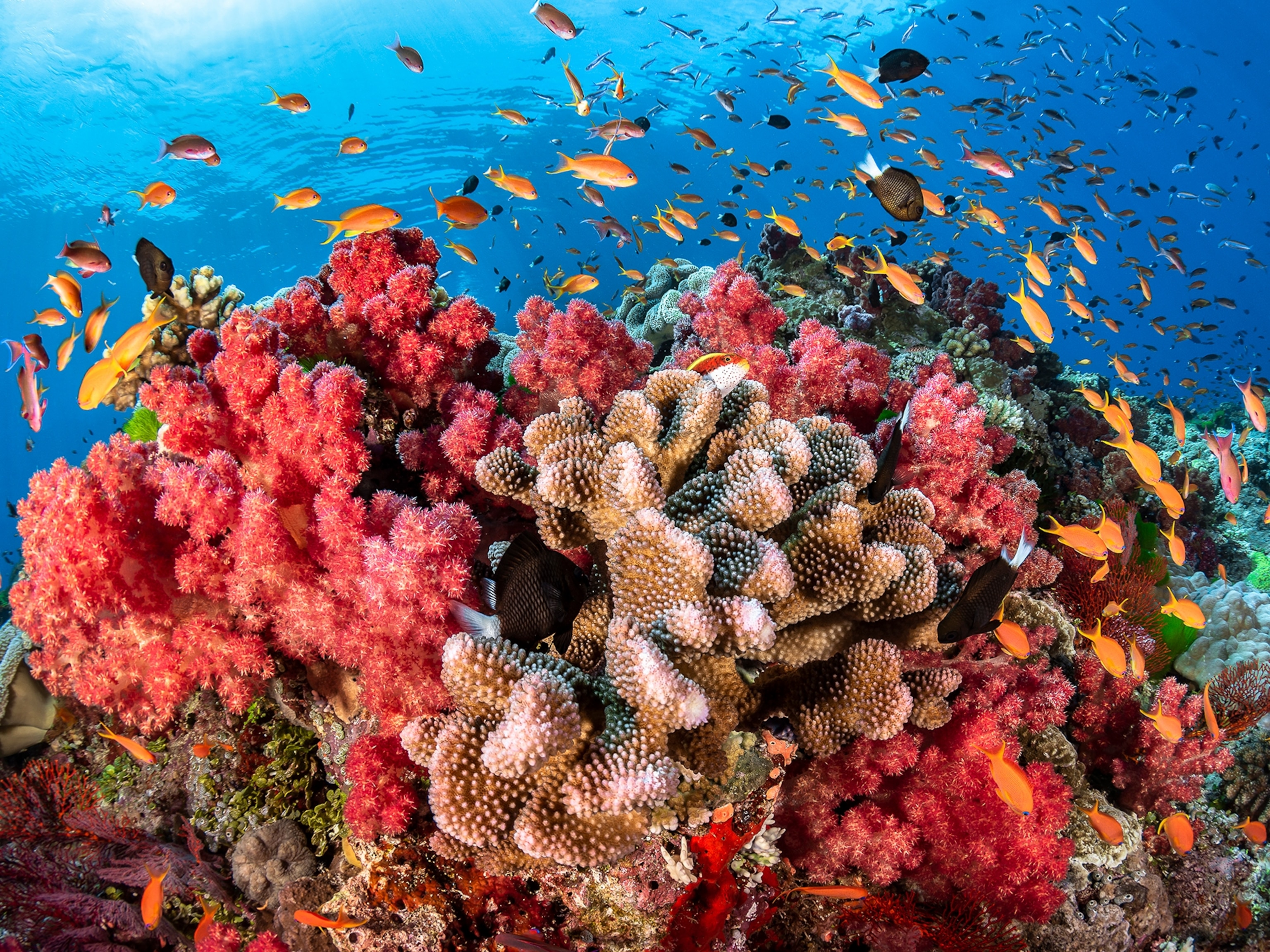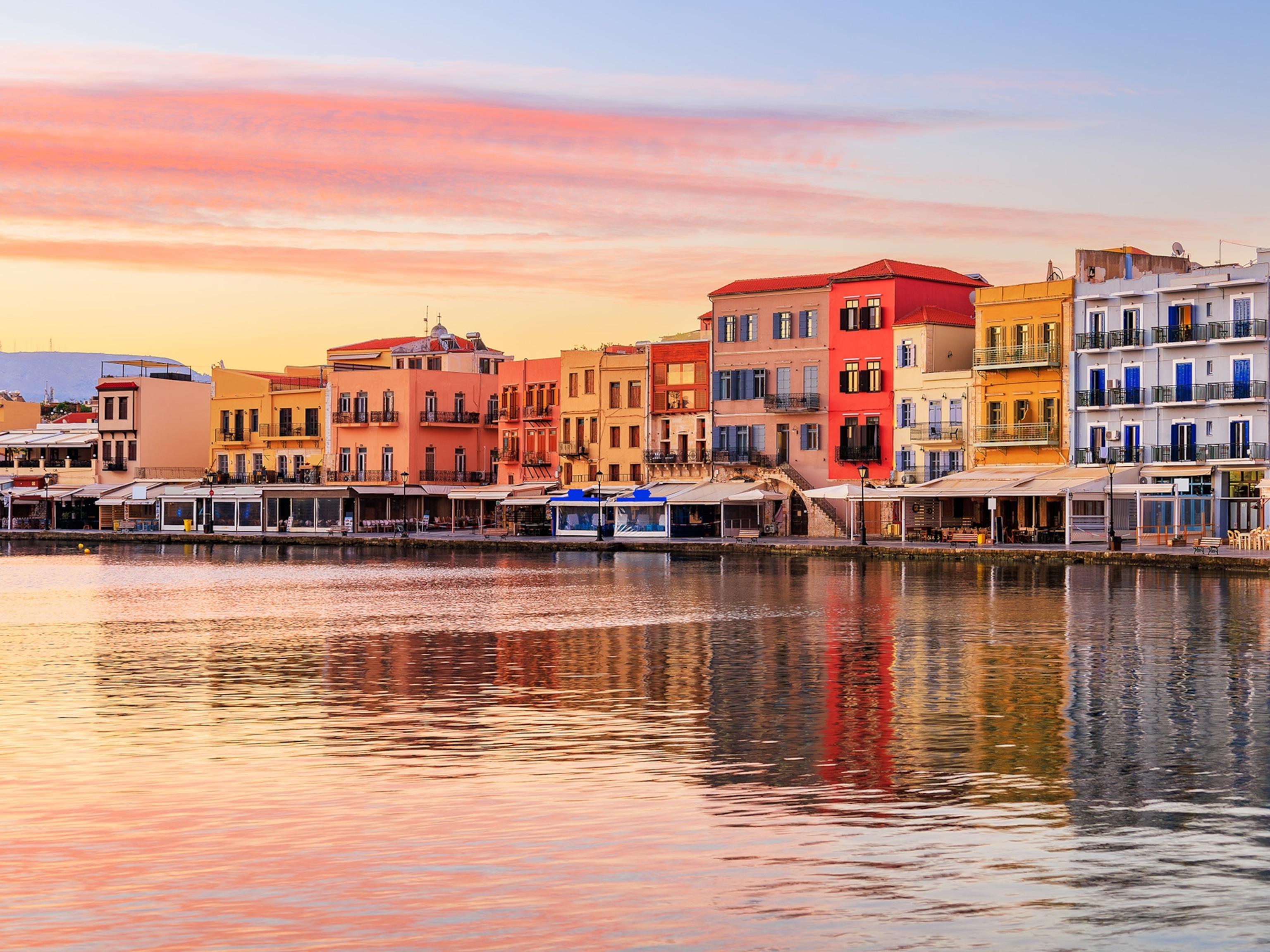
Pears Like Little Buddhas
Sylvia Plath’s poem “The Manor Garden” includes the line “The pears fatten like little buddhas”—which, I always thought, was the perfect simile for placid, fat-bellied, ripening pears. Now, it turns out, it’s no longer a simile.
Nowadays we can produce pears that look exactly like fat little buddhas, complete with folded arms, plump tummies, and meditative smiles. The secret is a plastic mold made by China’s Fruit Mould Company, a manufacturing group that also sells supplies for making heart-shaped watermelons, star-shaped cucumbers, apples with gnomish faces, and sultry peaches shaped like human behinds.
People have been fiddling with their fruits and vegetables since the dawn of agriculture. At first, our primary aims were size and productivity—that is, bigger, faster-growing food and lots of it. Then we went for looks. In the Americas, well before the arrival of Columbus, prehistoric farmers had developed hundreds of flashy varieties of corn and beans, both in a range of gorgeous and gaudy colors; dozens of varieties of peppers; and a mind-boggling array of tomatoes. Spanish friar Bernardino de Sahagún, in his General History of the Things of New Spain (1577), includes an awed description of the tomatoes on sale in the Aztec market of Tenochtítlan:
…large tomatoes, small tomatoes, leaf tomatoes, thin tomatoes, sweet tomatoes, large serpent tomatoes, nipple-shaped tomatoes, serpent tomatoes…coyote tomatoes, sand tomatoes, those which are yellow, very yellow, quite yellow, red, very red, quite ruddy, ruddy, bright red, reddish, rosy dawn colored.
Interest in appearance inevitably led to judgment calls: some fruits and vegetables were deemed better-looking than others. An early candidate on the reject list was the curly cucumber. Cucumbers are particularly prone to this quirky condition, which is officially referred to as a deformity and called “crooking.” Faced with incomplete pollination, poor nutrition, or less-than-ideal growing conditions, the developing cucumber responds by curling up like a pestered pill bug.
Cucumber curl has annoyed gardeners at least since the days of the ancient Chinese, who recommended hanging stones from the ends of cucumbers, in hopes that traction would force them to straighten out. The Romans dealt with wayward cucumbers by growing them inside hollow reeds or canes. The Victorians solved the problem with cucumber glasses, cylindrical containers available in sizes up to 24 inches long, in which immature cucumbers were inserted and thereby forced to keep to the straight and narrow. The cucumber glass was invented by engineer George Stephenson (1781-1848), otherwise famous for building the world’s first railroad for steam locomotives, and sometimes known as the “Father of Railways.” He seems to have liked his cucumbers both straight and sliced thin, since he also reputedly invented (or improved upon) the cucumber slicer.
The cucumber glass operates much like the Buddha pear mold, in that the immature fruit is tucked into it and fastened in place; then, as the fruit grows, it fills in the mold and takes its shape. A similar technique was introduced about 20 years ago by a Japanese farmer on the island of Shikoku for growing “square” (actually cuboidal) watermelons encased in glass boxes. Corseted in this fashion, the average watermelon takes about 18 days to go from oblong to square. The stackable square melons are a boon to space-strapped Japanese markets; they’re also easier to transport; and consumers like them because they fit nicely in the family refrigerator. The drawback: they’re expensive, costing up to three times the price of non-square melons.
Consumers these days—accustomed to uniformity and vegetable pulchritude—don’t like it when their produce looks odd. We tend to spurn forked carrots, lumpy potatoes, Siamese-twin-like beets, too-small apples, and the aforementioned curly cucumbers. In fact, we’re actually protected from such funny-looking food by law. Regulations promulgated by the European Union, for example—noted for its Byzantine pickiness—include mathematical limits for the acceptable cucumber (must be “reasonably well shaped and practically straight (maximum height of the arc: 10 mm per 10 cm of the length of cucumber)”), carrot (“not forked, free from secondary roots”), and apple (nothing under 50 mm (2 inches) in diameter or 70 grams (2.5 ounces) in weight).
The result of such retail standardization, on both sides of the Atlantic, is massive food waste. Various studies suggest that up to 40% of fruit and vegetables never make it to consumers’ tables because they’re simply not up to aesthetic snuff. A 2012 paper from the U.S. National Resources Defense Council reports that post-harvest culling eliminates immense quantities of homely, but nutritious and edible, food. One cucumber farmer estimated that less than half of his annual crop actually leaves the farm, though 75% of the rejects are, taste-wise, just fine. A tomato packing company reported that, in tomato season, it discards 22,000 pounds of nutritious, but malformed, tomatoes every 40 minutes.
The EU—pressured by protesters—has revoked its restrictions on 26 types of produce, though the rules remain in place for ten others, which collectively constitute 75% of the European fruit and vegetable trade. Among these are such popular edibles as apples, citrus fruits, peaches, pears, peppers, and tomatoes.
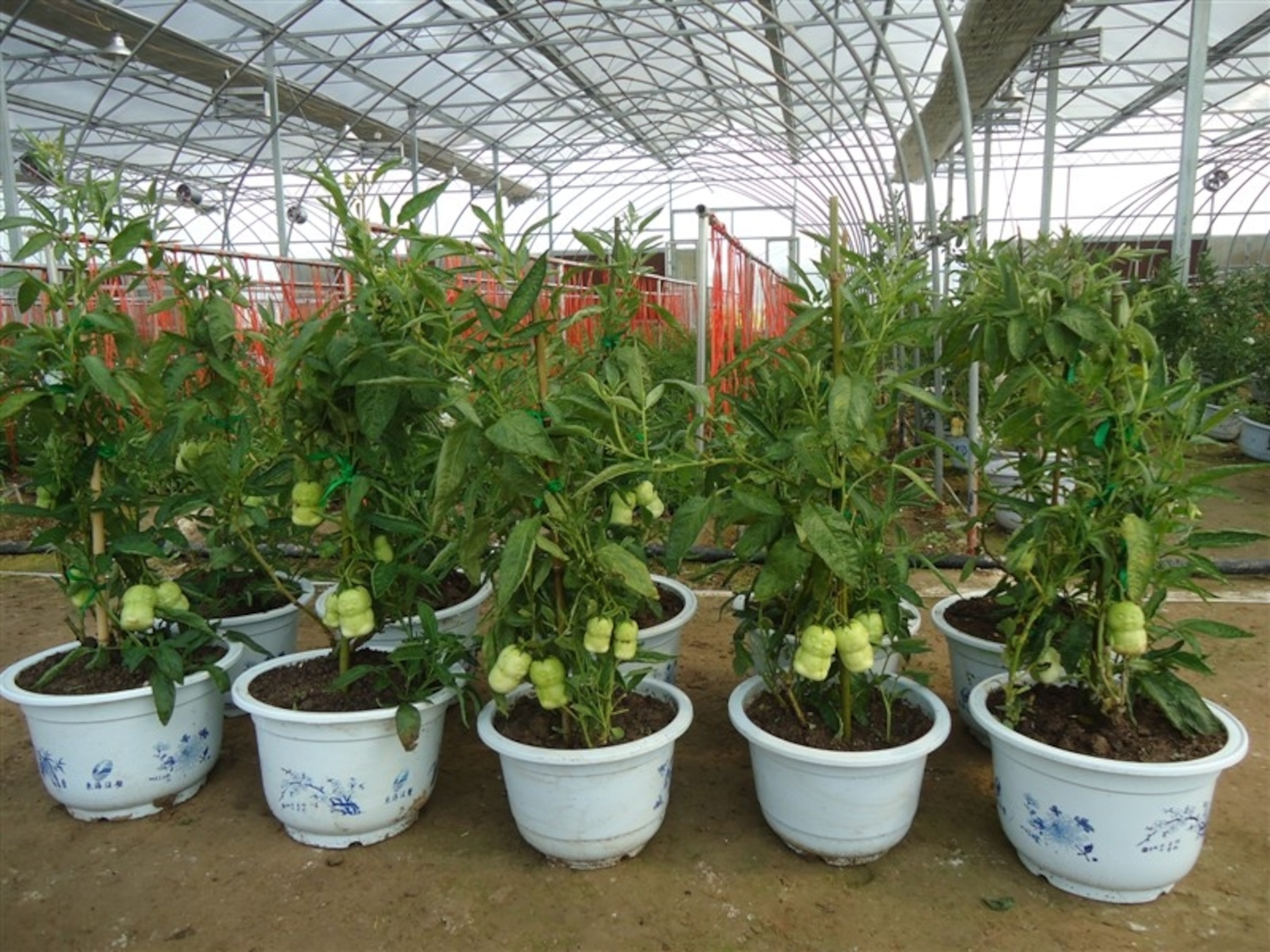
Some supermarkets have gallantly gone to bat for homely food. France’s Intermarché chain, for example, recently launched an “Inglorious Fruits and Vegetables” campaign, complete with glossy posters variously featuring the Disfigured Eggplant, Ugly Carrot, Ridiculous Potato, Hideous Orange, Grotesque Apple, and Failed Lemon. Their aim is to convince consumers that lopsided and lumpy fruits and veggies are just as scrumptious as their sleek and spiffy counterparts. As an added incentive, the chain sells them at a 30% discount.
In view of concerns about increasing food prices and agricultural sustainability, this is no time to be tossing tons of food away. When it comes to eating—let’s face it—pretty isn’t everything.
Handsome is as handsome does.
This story is part of National Geographic’s special eight-month Future of Food series.
References:
- For some impressive images of 19th-century cucumber straighteners, see Edible Geography’s Clod Crushers and Cucumber Straighters by Nicola Twilley.
- Gunders, Dana. Wasted: How America Is Losing Up to 40 Percent of Its Food from Farm to Fork to Landfill. National Resources Defense Council Issue Paper, August 2012.
- The Chinese aren’t the only ones. At Disney’s Epcot Center in Orlando, Florida, horticulturists use molds to grow Mickey-Mouse-shaped pumpkins.

